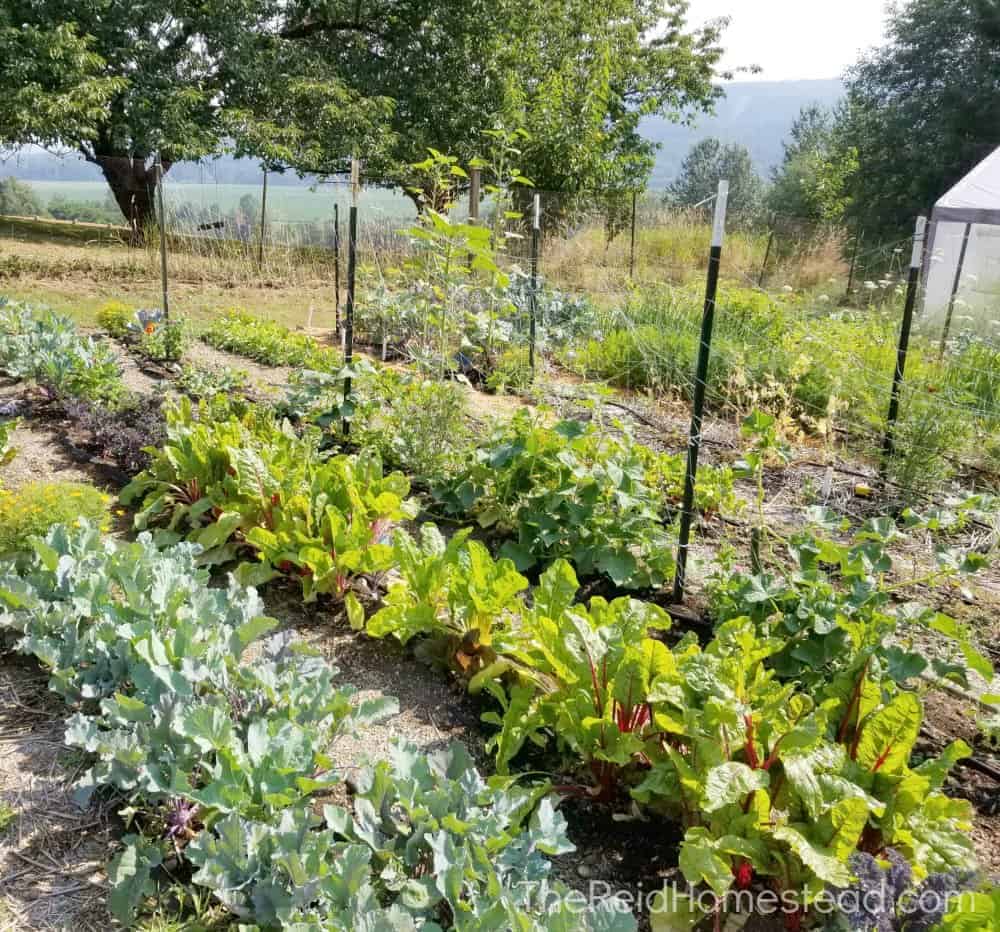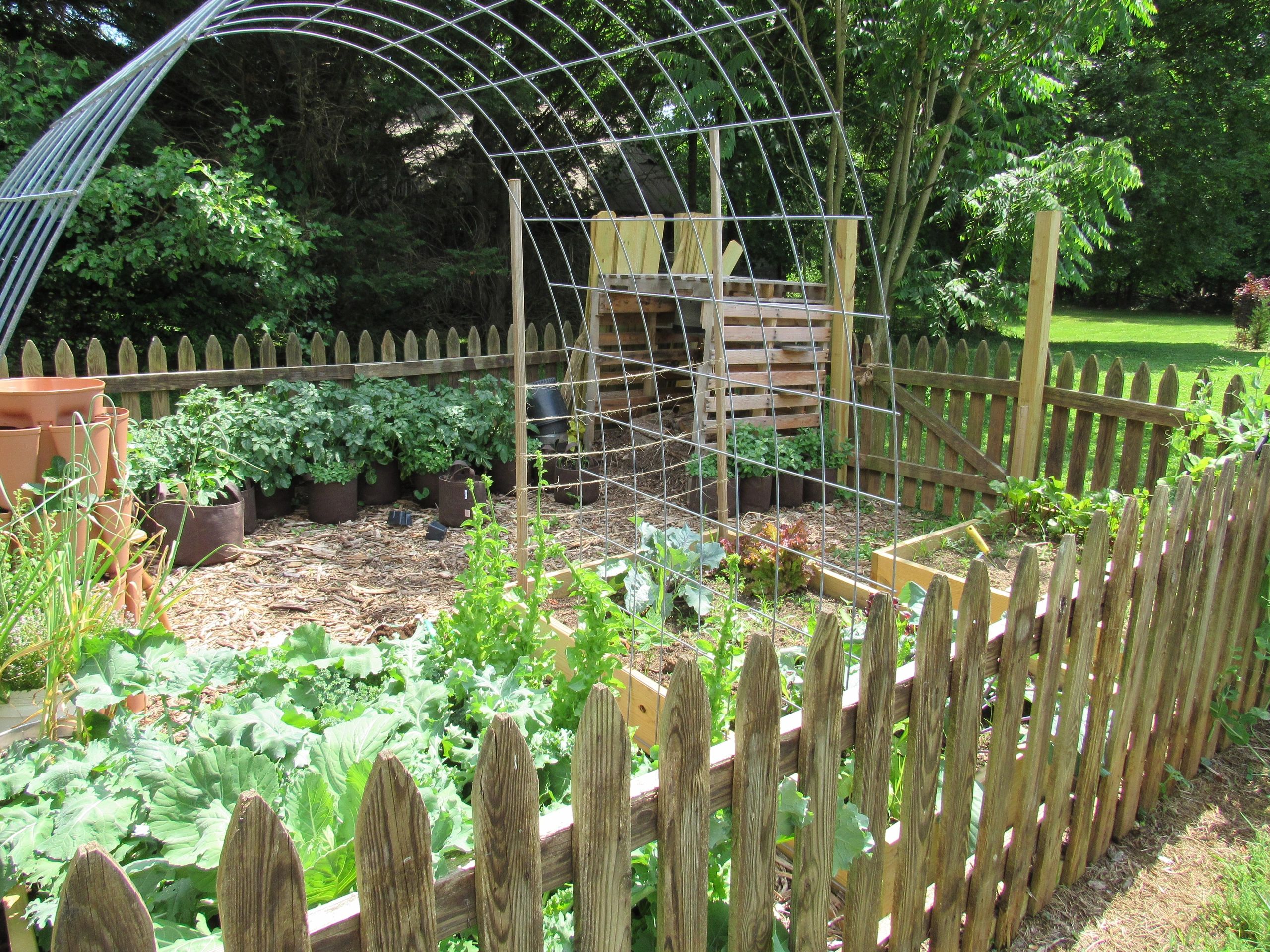Common Mistakes to Avoid in Homestead Gardening
Common Mistakes to Avoid in Homestead Gardening
Blog Article
Discover Essential Tips for Successful Horticulture Techniques and Practices
By prioritizing essential components such as soil health, effective sprinkling techniques, and ideal plant selection, gardeners can develop a flourishing ecological community that supports dynamic development. Several enthusiasts forget important information that can make or damage their horticulture success-- checking out these overlooked aspects might disclose the key to cultivating a prospering yard.
Recognizing Soil Health
Soil health is an essential facet of effective gardening, as it directly affects plant development, vitamins and mineral accessibility, and ecological community equilibrium. Healthy and balanced dirt is defined by a rich biodiversity of microorganisms, natural issue, and a balanced pH level, which with each other develop a setting favorable to plant development.
To recognize soil health and wellness, one need to consider its physical, chemical, and biological homes. The structure and framework of soil affect its capacity to maintain dampness and nutrients, while the chemical structure figures out the availability of crucial aspects like potassium, phosphorus, and nitrogen. Regular dirt testing is crucial to evaluate these variables, permitting garden enthusiasts to make educated decisions concerning plant foods and changes.
Additionally, promoting organic activity within the dirt is essential for keeping its health and wellness. Practices such as composting, crop turning, and using cover crops can enhance microbial variety, enhance nutrient biking, and reduce dirt disintegration. By prioritizing soil health, garden enthusiasts not just enhance plant development however also add to a lasting community, ensuring that their gardening practices are resilient and ecologically liable in time.
Efficient Sprinkling Techniques
Guaranteeing that plants receive the proper quantity of water is important for their health and wellness and development, especially when coupled with a solid foundation of soil health (Homestead Gardening). Effective sprinkling strategies can significantly affect plant vigor, minimizing water waste and promoting optimal development
One fundamental approach is deep watering, which encourages roots to expand deeper right into the dirt, boosting dry spell resistance. This method typically involves sprinkling less regularly but in larger amounts, allowing wetness to penetrate the origin area completely. Timing is additionally crucial; early morning is the ideal time to water, as it minimizes dissipation and allows foliage to completely dry during the day, lowering disease threats.
In addition, employing compost can help keep soil dampness and manage temperature, more helping efficient watering practices. Making use of a drip irrigation system can additionally offer targeted dampness straight to the origins, making certain that water gets to where it's most needed while saving sources.
Keeping an eye on rainfall and dirt moisture degrees can direct adjustments in your watering routine, ensuring plants receive constant hydration without over-saturation. By taking on these effective sprinkling methods, garden enthusiasts can foster a successful setting for their plants to flourish.
Plant Choice and Placement
How can the ideal plant selection and critical placement transform a yard into a growing community? When choosing plants, think about factors such as environment, soil kind, and sunshine direct exposure. Homestead Gardening.
Strategic placement entails organizing plants according to their growth practices and requirements. Taller plants should be positioned at the rear of boundaries to avoid shading shorter plants. In addition, organizing plants with similar water and light demands can boost their growth and reduce competition for resources.
Incorporating a variety of plants not just includes visual appeal however likewise advertises biodiversity, drawing in valuable pests and pollinators. Think about the seasonal adjustments in your garden; select a mix of perennials, evergreens, and annuals to ensure year-round rate of interest.
Finally, keep in mind to examine the mature dimension of plants prior to planting to avoid overcrowding and make certain sufficient air circulation. Thoughtful plant option and tactical positioning develop a harmonious environment, permitting your yard to grow while reducing challenges.
Parasite and Disease Management
Effective pest and condition management is necessary for preserving a healthy and balanced garden ecological community - Homestead Gardening. A proactive approach, integrating cultural, biological, and chemical techniques, can dramatically decrease the impact of insects and diseases on your plants

Organic controls, such as introducing useful insects like ladybugs or wikipedia reference predacious termites, can maintain insect populaces in check without damaging the setting. In addition, preserving plant wellness through appropriate watering, fertilization, and pruning will certainly boost their resilience against conditions.
When intervention is essential, select targeted chemical therapies, making certain to comply with application standards to reduce damage to non-target organisms. Always prioritize sustainable methods, as they promote lasting yard blog here wellness and environmental balance. By integrating these techniques, garden enthusiasts can efficiently take care of insects and diseases, ensuring growing plants and an efficient yard.

Seasonal Upkeep Practices
During each season, carrying out targeted upkeep techniques is vital for maximizing garden health and wellness and performance. In spring, concentrate on soil prep work by screening pH degrees and adding required amendments. This is also the ideal time to use plant foods and mulch to preserve moisture and suppress weeds. On a regular basis inspect arising plants for insects and illness.
As summer approaches, ensure ample watering while checking for signs of stress or disease. Prune back overgrown plants to find more information motivate air blood circulation and minimize humidity around foliage. This technique not only enhances plant health yet likewise promotes blooming and fruiting.
With the arrival of autumn, it's time to plan for winter. Tidy up fallen leaves and debris to stop pest invasions, and take into consideration planting cover crops to enhance dirt health and wellness. This season is likewise optimal for dividing perennials and planting spring-flowering light bulbs.
Conclusion
Successful gardening joints on the combination of audio practices in soil health and wellness, watering, plant option, insect administration, and seasonal upkeep. By focusing on soil screening and microbial diversity, employing effective watering methods, and choosing suitable plants, gardeners can develop growing ecosystems.
By focusing on important components such as soil wellness, effective sprinkling techniques, and proper plant choice, gardeners can produce a growing ecosystem that supports dynamic development. By focusing on soil health and wellness, gardeners not only maximize plant growth yet likewise contribute to a lasting community, guaranteeing that their horticulture techniques are durable and ecologically liable over time.
Taller plants need to be positioned at the back of boundaries to stop shielding much shorter plants. Tidy up dropped leaves and particles to avoid parasite invasions, and take into consideration planting cover crops to enhance dirt health and wellness.Effective gardening hinges on the integration of sound techniques in dirt health, watering, plant choice, pest administration, and seasonal maintenance.
Report this page